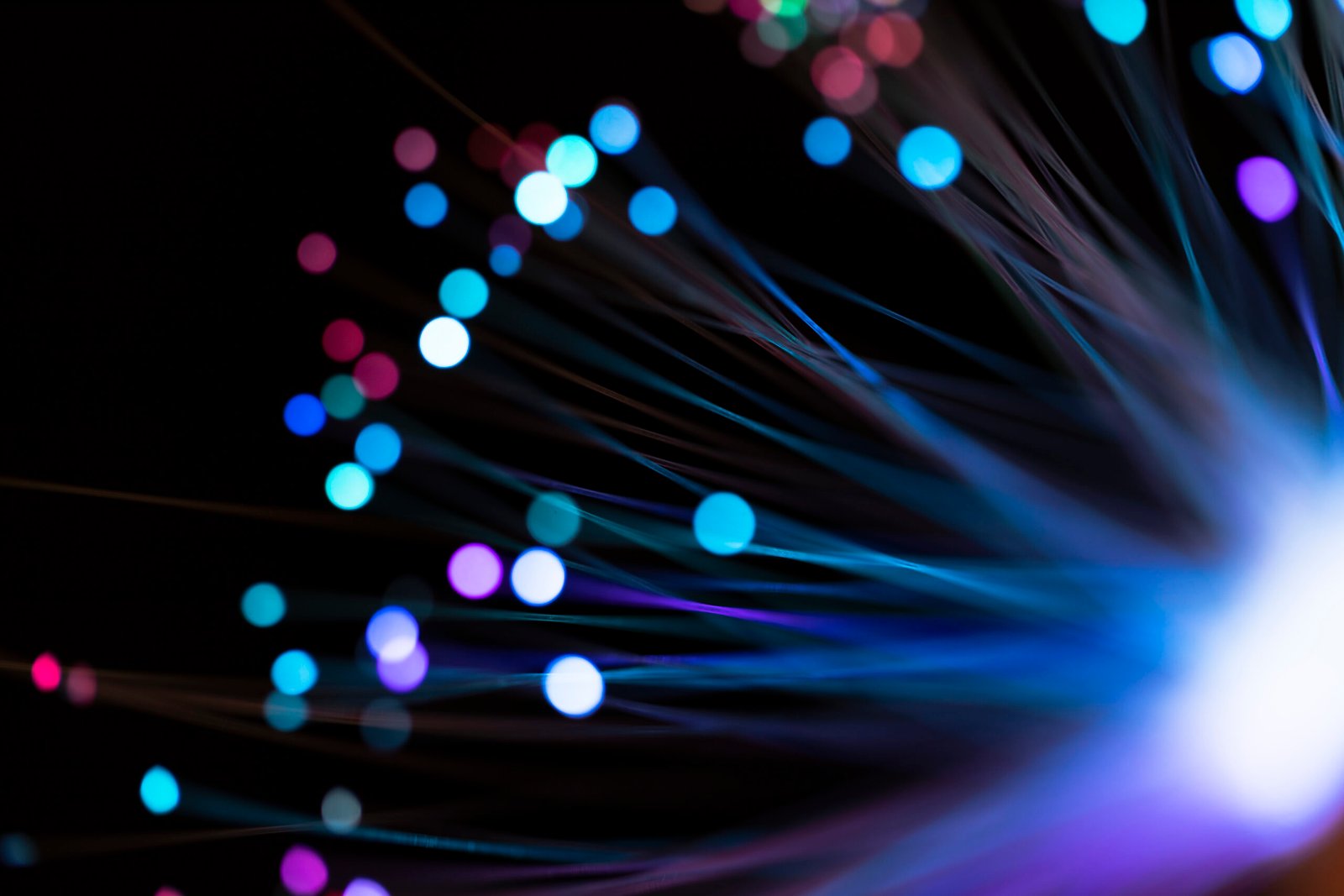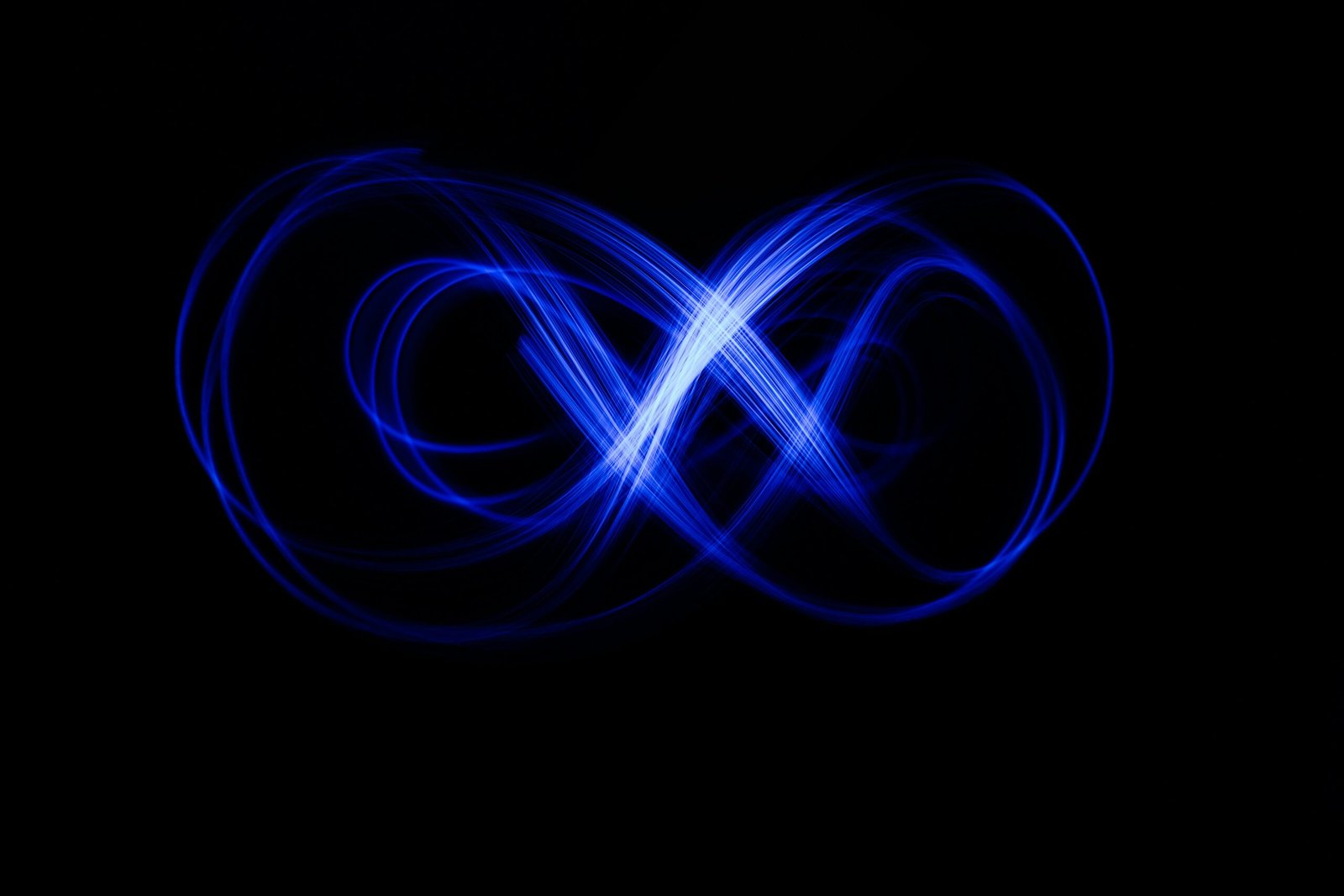
How Does LiFi Work: A Step-by-Step Guide (2024)

LiFi is a wireless communication system that depends on light-based signals to carry data across devices.
This technology depends on the infrared and visible wave spectrum to transmit information through light communication. The term LiFi or Light Fidelity was first introduced in a 2011 TEDGlobal talk by Harald Haas.
The LiFi technology is fast gaining popularity as an alternative to the WiFi which uses radio frequency waves to transmit data. The working principle of LiFi lies in using modulation of light intensity to transfer data from one point to another. At its present level, only LED lamps can be used for such data transmission in the visible light spectrum.
LiFi communication offers an alternative to current technologies by providing a high-speed LiFi internet connection that is more stable and secure when compared to data carried over radio frequency waves. Far from being a simple idea, LiFi has already proven its performance merits in terms of speed, efficiency, and reliability in many sectors.
To better understand how light is the future of connectivity, let us find out how LiFi works.
What is LiFi?
LiFi or Light Fidelity is a wireless networking technology that uses optical waves to transmit data. LiFi connections can use light signals in the visible, infrared, or invisible spectrum to carry information through space without the use of any wires or cables. This technology was presented for the first time in 2011 by Prof. Harald Haas, who deployed visible light to stream an HD video in his TedTalk presentation. It was here that the term “LiFi” was used for the first time to describe high-speed data transmission using light waves.
A typical LiFi connection relies on light-emitting diodes (LEDs) to carry data across a network. The modulation of light waves emitted by an LED transmitter is used to transmit information.
Data transmission occurs through a light beam emitted by an LED bulb equipped with a LiFi router, and connected devices receive the data through a LiFi receiver.
How Does LiFi Work: Understanding LiFi Technology
LiFi is a type of optical wireless communication technology that uses light-emitting diodes(LEDs) as a medium to carry data across a network. While traditional technologies like WiFi or 5G depend on radio waves of the electromagnetic spectrum, LiFi technology relies on using its optical waves. Visible light communication (VLC) technology, which is the backbone of LiFi-based data transfer systems; works by modulating the light waves of an LED transmitter at a very high speed to carry information.
Data transmission via LiFi is done through a light beam emitted by an LED bulb and directed to a receiving device. This bulb is equipped with a LiFi router, which we call an access point, connected to the Internet network via an RJ45 Ethernet cable with PoE capability. The information is sent to the router from the network as an electrical signal and then encoded by the imperceptible and ultra-fast switching (light intensity variation) of the light source.
The connected device (computer, smartphone, tablet) equipped with a LiFi key and located in the coverage area of the light beam receives the data transmitted by the router through its LiFi receiver. This device, which can be a dongle connected to the device or an integrated chip, contains a photodiode responsible for capturing the light signal and a processor that converts it into an electrical signal. The computer receives this electrical signal and translates it into a binary system, then demodulates the digital data which then takes its final form, that of information understandable by humans.
To get a clearer picture of how LiFi technology works, here is a concise summary of the LiFi operating process:
-
The LiFi router receives the information via the Ethernet cable that connects it to the local network
-
It transmits it to the LED bulb, which fluctuates at high speed, with a frequency of tens of thousands or even millions of signals per second.
-
The light signal is perceived by the LiFi key which transforms it into an electrical signal and transmits it to the computer
-
The computer translates the signal into information that can be understood by humans.
What distinguishes Li-Fi from fiber-optic internet connectivity?
Although both LiFi and fiber-optic internet use light to transmit data, there are many fundamental differences between the two. Here are some key facts that distinguish LiFi from fiber optics:
| Feature | LiFi | Fiber Optics |
|---|---|---|
| Medium of transmission | Light waves transmitted through free space | Light signals transmitted strands of glass or plastic fibers |
| Speed | Up to 3 Gbps | Up to 10Gbps |
| Bandwidth | Very high | Unlimited |
| Coverage Range | 10-20 meters | Can span up to several Kilometers |
| Interference | Less susceptible to electromagnetic interference | Completely immune to electromagnetic interference |
| Security | Highly Secure | More susceptible to tampering or tapping |
| Environmental Suitability | Ideal for short-distance, high-speed communication in RF-dense environments. For example- hospitals, military posts, and office buildings. | Suited for high-speed, long-distance communication, such as telecommunications, and intercontinental networks. |
| Installation Cost | Medium | Very high |
| Installation Process | Simple and quick, minimal labor required | Complex, and labour-intensive |
| Main System Components | LED bulb, photodetector, driver circuit | Compact light source, optical fiber cable, photodetector |
What Speeds can you get on Li-Fi?
Wireless LiFi communication technology uses wavelengths lying between 380nm to 900nm to transmit data. The specific wavelengths employed in a particular LiFi network can vary based on the type of light source used, and the overall design of the communication system. Despite these small variations, LiFi-based connections can carry data at extremely high speeds by utilizing light signals as their mode of transmission.
As light travels at a very high speed of about 300 million meters per second, connections that depend on light waves for communication are bound to offer super-high data transmission rates. Given this, the different versions of transmission devices, mediums, and network components make the actual transmission speeds achieved by a particular LiFi system highly variable.
Presently, the average speed of a LiFi network reaches about 3.5 Gbps. This speed can be enhanced by altering the intensity and modulation style of a light source or even choosing another wavelength of the light spectrum to transmit data. Theoretically, LiFi is capable of offering speeds up to 224Gbps under controlled setups.
Does LiFi Stand to Eliminate WiFi?
WiFi technology has proven to be a reliable internet provider over the past two decades. Most global organizations and people depend on WiFi-based networks to meet the majority of their communication needs. In terms of consistency of performance and reach, WiFi still has no contenders. Besides this, there are several benefits of using time-tested WiFi technology for communication. These include- a wide range of coverage, high mobility for users, widespread device compatibility, and a well-established infrastructure that supports easy deployment.
However, WiFi also has several limitations that degrade its performance. Firstly, WiFi is not ideal for high-density environments as radio waves are sensitive to electromagnetic interference from nearby devices. Secondly, WiFi signals lose their strength with distance, making their performance highly variable within a coverage zone. Thirdly, WiFi networks are susceptible to interception and hacking by cybercriminals. Despite many attempts at improvement, the latest versions of WiFi still cannot eliminate these performance issues completely.
This is where LiFi technology enters as a WiFi alternative and a game-changer for the world of communication. Invented in 2011 after extensive research on VLC systems, LiFi offers several compelling advantages in terms of speed, bandwidth, connection stability, and security. Moreover, LiFi networks do away with dependence on the overburdened radio frequency spectrum by employing the much more reliable light spectrum for data transmission. When it comes to data privacy and overall communication quality, LiFi is a clear upgrade over traditional communication systems.
Despite its benefits, LiFi also has its own unique set of limitations. These are- challenges in initial adoption due to high installation costs, lack of consistent standardization, and line-of-sight requirements for data transmission. Scientists and LiFi manufacturers are actively engaged in developing better devices and products to overcome these challenges. With time, we expect LiFi technology to provide smoother integration and a deeper market penetration.
However, it will be too soon to predict a complete elimination of WiFi networks due to the rising popularity of LiFi. It is more likely that LiFi will serve as a valuable complementary technology to conventional communication systems. The world will be better off adopting a hybrid approach to communication, where the best capabilities of both technologies are combined to maximize the speed and security of data transmission.
Application of LiFi Solutions
The LiFi market is showing a high growth potential due to continuous technological advancements and an ever-increasing need for high-speed data communication. Growing internet usage in business, governance, and personal lives is creating a higher demand for light communication and LiFi devices across the globe. Here are some key areas that benefit the most from the application of LiFi-based solutions:
- Secure Offices
LiFi technology, tailored for secure offices, stands as a highly effective tool, ensuring interference-free communication in dense environments with utmost reliability. This is because it cannot be interrupted by other electromagnetic waves that might be already in use across devices such as phones, radio cables, or electrical wires. For example, a corporate environment might have a high density of signals because of a large number of devices being used in a closed, small space. In such an environment, LiFi technology can provide a high-speed and secure wireless communication system in every room without the hassle of heavy cable installation or construction.
- Industry and Transportation
Wireless optics are a viable solution for sectors that need highly stable internet connections for real-time communication. Infrastructure, building mechanization, and industrial production are some areas where LiFi can effectively create connectivity networks without the installation of heavy-duty equipment. LiFi for Transportation & Industry not only ensures uninterrupted connectivity but also enhances the efficiency of transportation systems, all while prioritizing passenger safety.
- Education
The high-speed connectivity offered by LiFi Internet is a boon for the education sector. This is an area where the use of the internet is widespread and unavoidable, but the opportunity for data breaches makes it a goldmine for cybercriminals. Li-Fi for schools can solve this problem by providing the highest possible privacy and security to sensitive data. This will protect educational institutions and students from falling prey to cybercrimes, while also ensuring uninterrupted and fast internet connectivity. LiFi will also make digital lectures, video classes, and online tests much easier to implement on a larger scale
- Defense and security
The use of LiFi solutions can also help in increasing the safety of explosion-hazard environments or densely populated spaces where the use of electrical equipment and radio waves is restricted. The defense sector requires the transmission of highly sensitive data across its networks, and the traditional internet is easy to hack. LiFi-based signals, in contrast, offer nearly impenetrable security, ensuring uninterrupted and highly reliable internet for military and defense applications. This makes them the most suitable for creating high-security communication networks to safeguard operations in the defense sector.
- Aerospace
Light-based internet and communication technology will allow aircraft passengers to enjoy a higher bandwidth of connection in airborne environments. LiFi signals will not interfere with aircraft equipment that uses radio waves for their functioning. This makes LiFi technology for Aerospace highly suitable for aircraft and aviation operations that will find the security, reliability, and lightweight efficiency of LiFi ideal for their carriers.
Li-Fi sounds great. How can I start using it?
From this blog, we can understand the highly versatile and efficient nature of LiFi technology when it comes to creating new solutions to complex problems. As this field of light WiFi is continuously evolving, we can expect more innovative solutions that use LiFi to improve businesses, enhance connectivity, and build infrastructure that caters to the needs of a fast-developing world.
Oledcomm offers a range of LiFiMAX products that can be customized to meet unique user needs. LiFiMAX devices facilitate high-speed internet, enhanced connection stability, and mobility during communication. With consistent innovation and R&D, Oledcomm is all set to democratize the availability of LiFi for a wider consumer base that spans across the globe.
If you want to explore a custom-made LiFi solution for your organization, contact Oledcomm and explore the magic of connectivity at the speed of light!
Recent articles

Categories
See some more...




